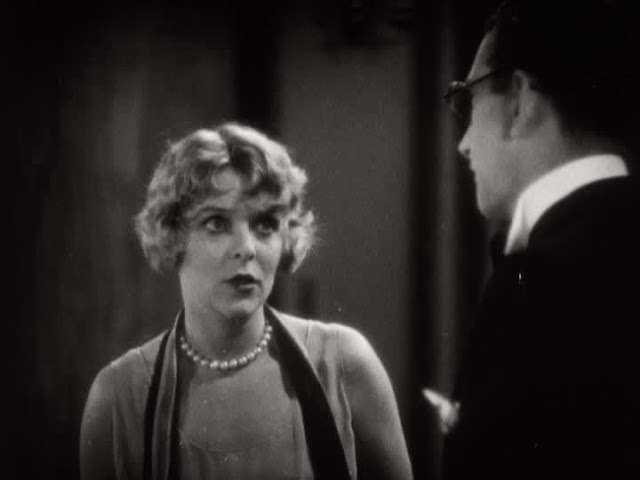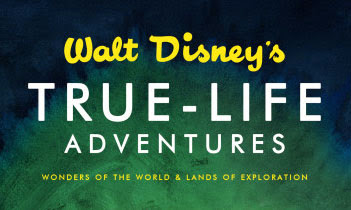Pocket-Size Melodrama From Vitaphone
Silent Star Blanche Sweet Speaks in Always Faithful (1929)
Blanche Sweet belied her name by being less sweet than acerbic in old age, not suffering fools gladly and insisting on star treatment right to the end. She had red carpets coming for having begun with

























































